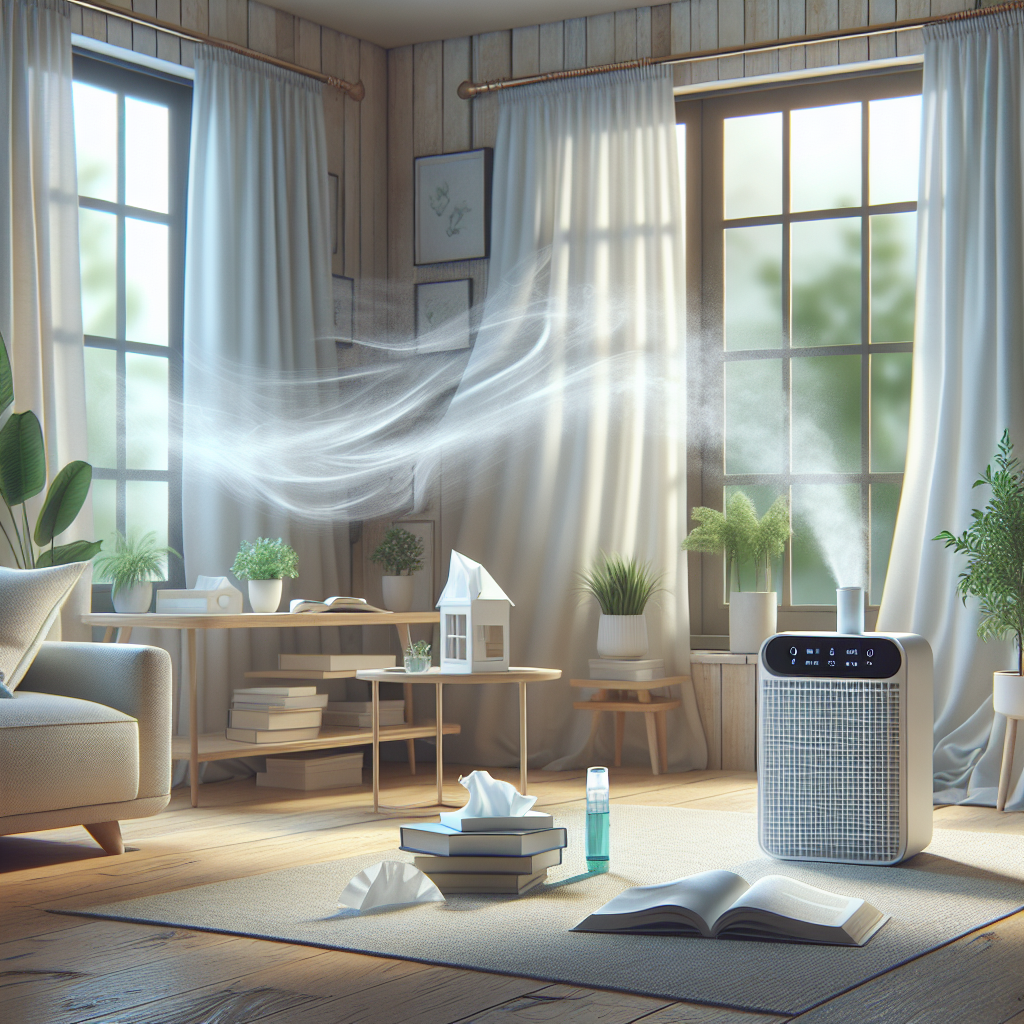Living with allergies and asthma can be challenging, especially when it comes to managing indoor air quality. Proper ventilation is crucial for allergy and asthma sufferers, as it helps reduce the concentration of allergens and irritants in the air. Here are some ventilation tips to help improve air quality and alleviate symptoms for those with allergies and asthma.
1. Use a HEPA filter: High-efficiency particulate air (HEPA) filters are designed to capture tiny particles like dust, pollen, pet dander, and mold spores. Using a HEPA filter in your HVAC system or air purifier can help trap these allergens and prevent them from circulating in your home.
2. Keep windows closed: While fresh air is important, opening windows can allow pollen and other outdoor allergens to enter your home. On high pollen days or during peak allergy seasons, keep windows closed and rely on air conditioning or fans for ventilation.
3. Use exhaust fans: Proper ventilation in bathrooms and kitchens is essential to remove excess moisture, which can lead to mold growth. Use exhaust fans to help improve air circulation and reduce humidity levels in these areas.
4. Clean regularly: Dust mites, pet dander, and other allergens can accumulate on surfaces and in carpets, rugs, and upholstery. Regular cleaning with a vacuum fitted with a HEPA filter can help reduce the concentration of these allergens in your home.
5. Control indoor humidity: High humidity levels can promote mold growth and worsen allergy symptoms. Use a dehumidifier to maintain indoor humidity levels between 30-50% and prevent mold and dust mites from thriving.
6. Avoid smoking indoors: Tobacco smoke contains numerous irritants and allergens that can trigger asthma symptoms and worsen allergies. If you or a family member smokes, do so outdoors to prevent indoor air pollution.
7. Consider a whole-house ventilation system: If your home lacks proper ventilation, consider installing a whole-house ventilation system to improve air circulation and quality. These systems can help remove stale air and replace it with fresh, filtered air from outside.
By following these ventilation tips, allergy and asthma sufferers can create a healthier indoor environment and reduce exposure to allergens and irritants. Remember to consult with a healthcare provider or allergist for personalized advice on managing allergies and asthma symptoms. With proper ventilation and air quality control, you can breathe easier and enjoy a more comfortable living space.


Leave a Reply